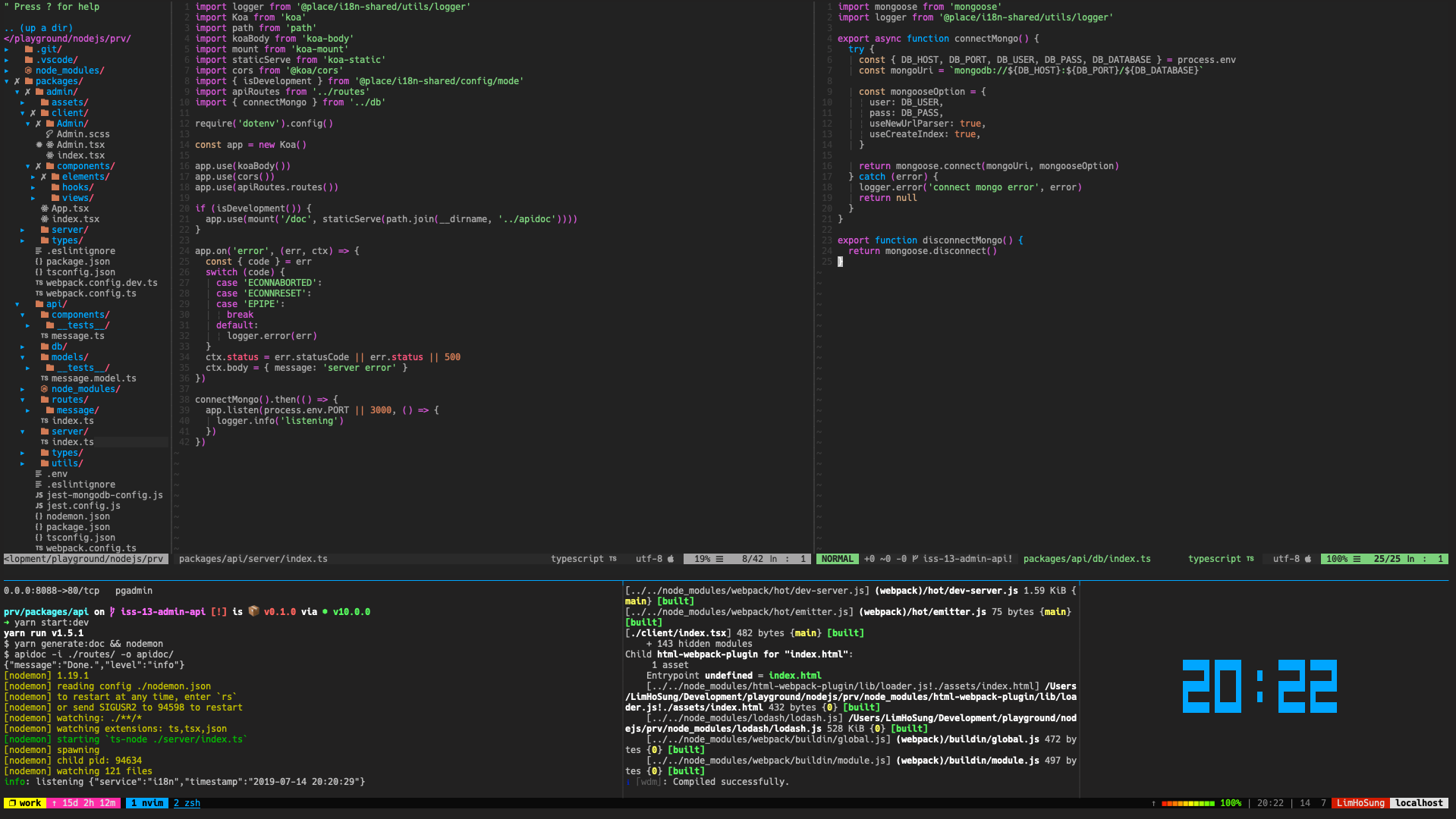
Method 2 is more ideal if you want greater configurability and better default configurations.įirst you'll need to install homebrew, which will take some time depending on your Mac's specs: /bin/bash -c "$(curl -fsSL )" TL DR ➡ install vim with homebrew then open a new terminal tab But keep in mind that the source should remain somewhere near the top of the file, as to not overwrite any custom configurations. If you don't want that to happen, use > instead of >. Note that this will overwrite any current information in. vimrc: echo "\" Sets the default vim settings. You can execute the following command to easily set your. Though I've found that only having this in the vim resource file might overwrite a vast majority of the default configurations, so I'd recommend also including source $VIMRUNTIME/defaults.vim at the top of the file. The easiest method is to place syntax on into your. Below is a rewrite of the above information that I know to work on macOS 10.15 (Catalina) and later.

As of right now, the previous info is slightly obsolete.


 0 kommentar(er)
0 kommentar(er)
